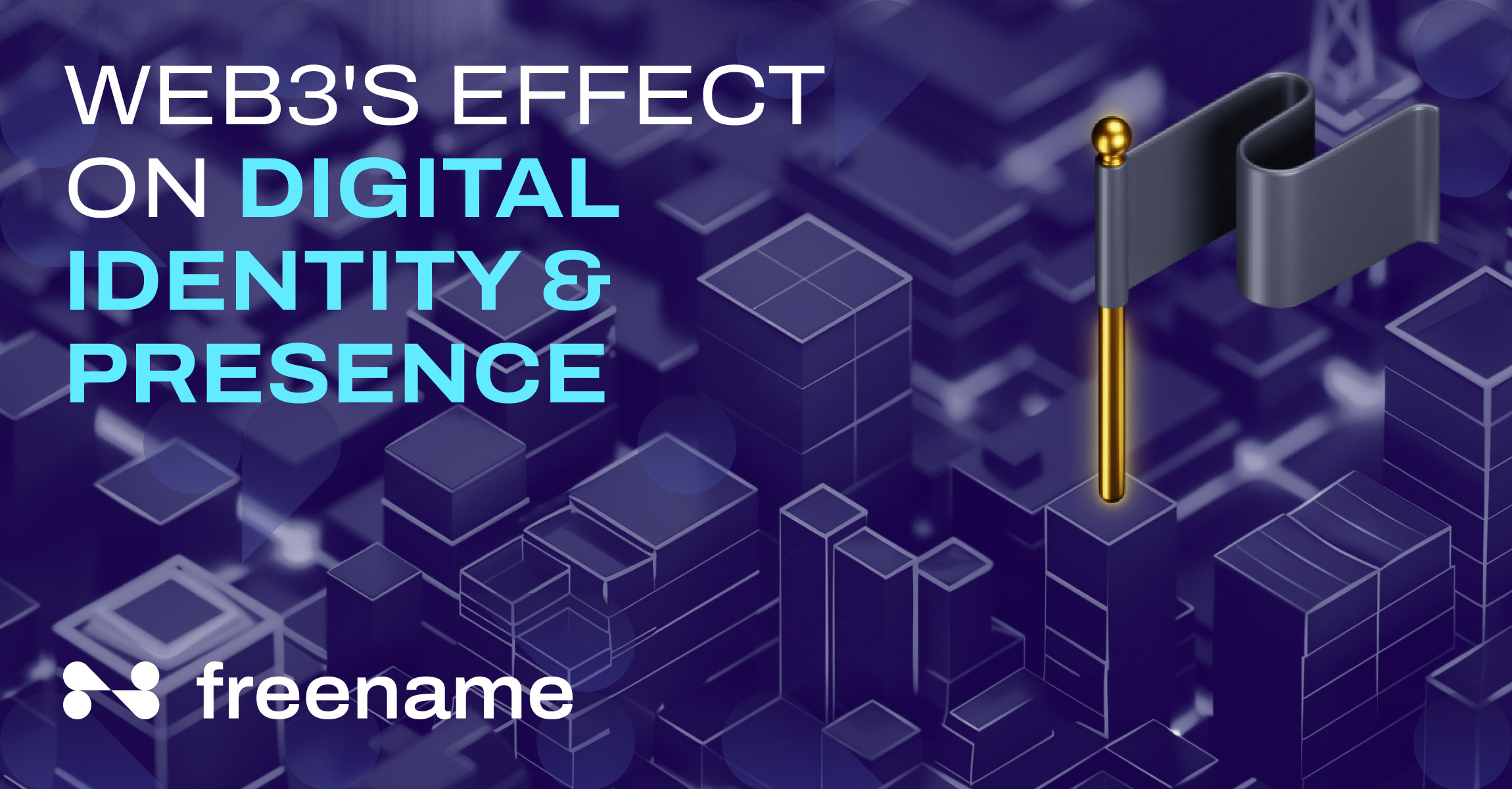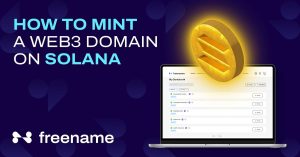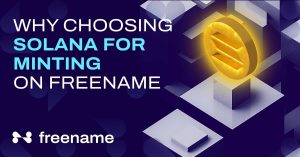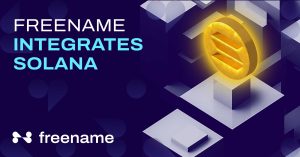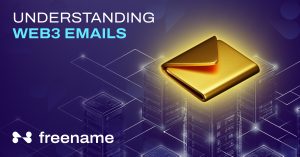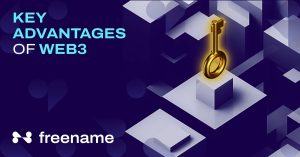Our digital identities have become like puzzle pieces strewn across technology company-owned platforms and molded by the Web 2.0 culture. In exchange for convenience, we have allowed our data to be capitalized on through targeted ads.
However, things are about to change with the advent of Web 3, built on blockchain and self-sovereign identity (SSI) principles. This new stage in internet development seeks to give people back control over their information and how it is managed or expressed online.
This article will go deep into the inner workings behind Web3’s revolution around identity while also considering its impacts on privacy, security, and power distribution within the virtual world.
Read Also: Web3 for Beginners: An Easy Guide to Getting Started
Digital Identity in the Web 2.0 Era
Our current model of digital identity resembles a fragmented mosaic. We create separate logins and accounts for social networks, e-commerce platforms, and online services. This prevalent approach brings forth a range of concerns:
Lack of Control
In the Web 2.0 era, we’ve traded control over our digital identities for the convenience of “free” services provided by tech giants. Whenever we create a new profile, we surrender personal information that becomes a commodity. These platforms have immense power to collect, analyze, and even sell our data, often without our consent. For instance, Google’s 80% revenue comes from selling user’s data. This lack of control has far-reaching consequences for our digital identities. We lose agency over how our identities are formed and presented within these platforms as algorithms curate our content feeds, subtly influencing our perceptions and limiting our exposure to diverse perspectives. Furthermore, the inability to easily move our complete digital personas across the web stifles opportunities. We may be hesitant to switch services for fear of losing connections, reputations, or the digital histories we’ve built within specific platforms.
Privacy Breaches
Centralized databases storing vast amounts of user data are an irresistible target for hackers and malicious actors. Data breaches in Web 2.0 have become alarmingly common, ranging from leaked passwords to sensitive details like social security numbers or even biometric information. These incidents undermine the very foundation of our digital identities. Compromised personal data can be used for identity theft, fraud, or targeted attacks with serious financial and reputational consequences. The repeated erosion of trust in centralized digital platforms makes individuals hesitant to share personal information even when it might be necessary for services, stifling innovation and progress in the digital space.
Identity Fragmentation
The current model forces us to maintain fragmented digital identities across multiple platforms. Separate logins, profiles, and isolated data make managing and presenting a coherent, unified digital self-challenging. This fragmentation creates inefficiencies as we repeatedly verify pieces of our identity across different services, hindering smooth access to platforms where trust is essential. The inability to showcase our complete identity across platforms also limits professional networking, collaboration, or self-expression opportunities. The narrow profiles and limited representation constrain us in that each specific platform allows.
Self-Sovereign Identity (SSI): The Web3 Answer
SSI stands as the central pillar of Web3’s transformation of digital identity. In an SSI model, the power dynamics shift profoundly:
- You Control the Data: Individuals own and manage their identity data. They exercise granular control over what information is shared, with whom, and under what specific conditions.
- Verifiable Credentials: SSI leverages cryptographically signed credentials instead of relying exclusively on easily compromised usernames and passwords. These can represent real-world attestations such as birth certificates, degrees, professional licenses, and more, and their authenticity can be independently verified without a central authority.
- Portable Identity: Your identity is no longer bound to a single platform. You gain the ability to seamlessly carry it across different Web3 services, reducing the need for redundant and tedious verification processes.
How Web3 Technically Facilitates SSI
Let’s dissect the mechanisms involved:
- Decentralized Identifiers (DIDs): DIDs are unique, globally resolvable identifiers stored on a blockchain. Crucially, they are controlled by the individual, not a platform or corporation.
- Verifiable Credentials (VCs): VCs are digital attestations from trusted sources (e.g., governments, universities, employers). They are cryptographically linked to your DID, making them difficult to forge or manipulate.
- Zero-Knowledge Proofs: These sophisticated cryptographic techniques allow you to prove possession of specific credentials without revealing the underlying data itself, thus dramatically enhancing privacy.
- Digital Wallets: Function as secure vaults for your digital identity, storing not only DIDs and VCs but also access tokens and other digital assets.
Real-World Possibilities Enabled by Web3 Identity
The potential applications of Web3 identity extend far beyond theoretical benefits. Consider these tangible use cases:
- Enhanced KYC Processes: SSI can streamline traditionally cumbersome Know Your Customer (KYC) checks in banking and finance, reducing user friction and helping combat fraud.
- True Data Ownership: Imagine having the ability to decide whether and how your health records, browsing history, social media activity, or other personal data is used, enabling direct monetization of that data.
- Universal Login: A single Web3 identity, secured by your private keys, could grant access to many applications, websites, and services, eliminating the need to manage countless login credentials.
- Pseudonymous Reputation: Build verifiable reputation scores across platforms attached to your DID without necessarily revealing your real-world identity. This could revolutionize freelance marketplaces, decentralized lending, and other services where trust is paramount.
- Selective Disclosure: Instead of being forced to reveal an entire credential, zero-knowledge proofs allow you to prove only the necessary information. For example, instead of sharing your birthdate with an online service, you could prove that you are above a certain age threshold.
Read also: How Web3 Empowers Digital Ownership
Challenges and Considerations: The Path to Mainstream Adoption
Despite its transformative potential, Web3 identity faces challenges that must be addressed for widespread acceptance:
- Technical Complexity: Implementing SSI solutions, especially those that ensure seamless user experiences for non-technical individuals, remains a hurdle. User-friendly interfaces and simplified key management mechanisms are crucial.
- Standard Development: There’s a pressing need for widely accepted protocols and standards to ensure interoperability across different Web3 services and identity solutions. This cooperation between developers is essential to avoid further fragmentation.
- Key Recovery: Losing private keys that control your digital wallet can mean losing access to your identity and associated assets. Robust key recovery processes and user education on secure key management are necessary to mitigate this risk.
- Social Acceptance: Mass adoption relies on user-friendly interfaces and demonstrated practical benefits of Web3 identity compared to existing (albeit flawed) Web 2.0 solutions.
Conclusion
Web3’s vision of decentralized digital identity has the transformative potential to reshape our relationship with the online world. Shifting control from corporations to individuals promises enhanced privacy, security, and the ability to present a more unified, verifiable online presence. While challenges remain to be addressed, advancements in user experience, standardization, and education will be crucial in facilitating mainstream adoption.
Web3 identity is a field ripe for innovation, laying the foundation for a truly user-centric, privacy-respecting internet where individuals are at the helm of their digital destinies.

